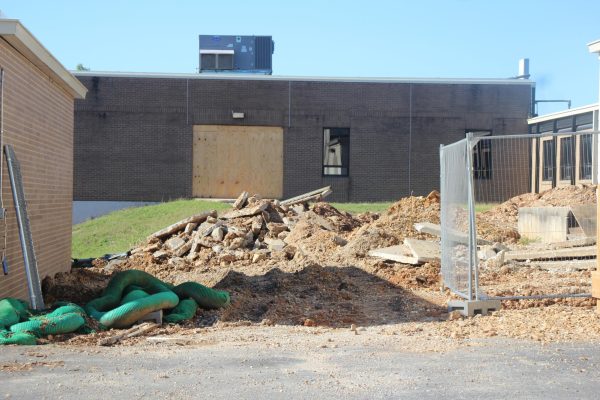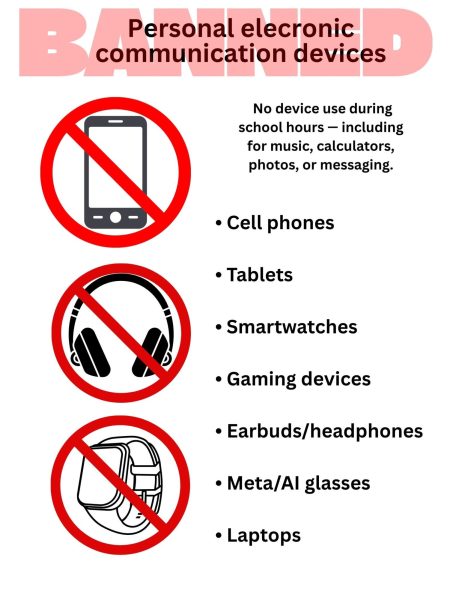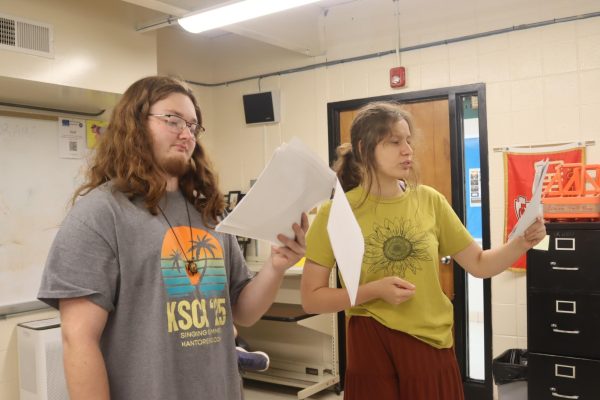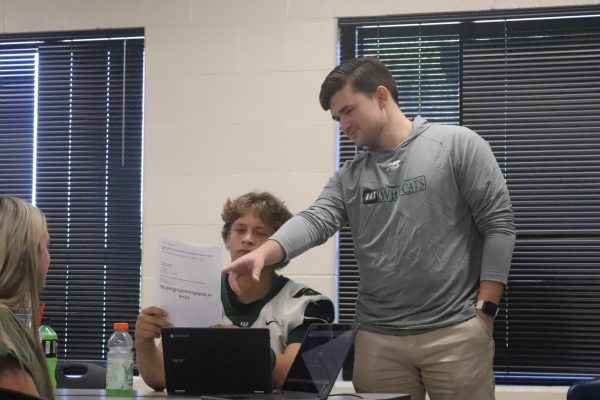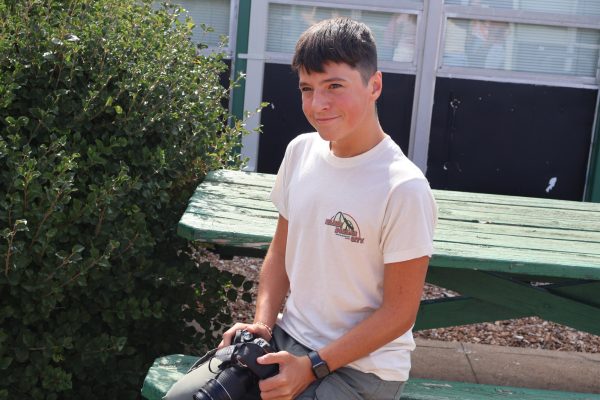AMI provides both benefits and challenges for schools
Freshman Keira Mostaffa works on her AMI assignments on January 21. The school shut down that day due to sickness.
Winter weather and student illness has closed school quite a lot this semester, leading to the district taking advantage of the five Alternative Method of Instruction (AMI days) allowed by the state, but these AMI days do not come without their challenges for both students and faculty.
The state has offered AMI to the school district for the past two years. It allows the school to use those days as an in-session school days and it doesn’t have to be made up. AMI is used for emergency situations such as weather or sickness.
High School principal Danny Morrison said the school has adopted the DESE (Department of Elementary and Secondary Education) format for using AMI.
The district only had five days of AMI before the school had to start making up the days missed. The way AMI works is that it counts as a school day as long as the students do the work. If the student chooses not to do the work it will be counted against his/her grade and attendance in that class.
The lessons the teachers sent out were posted on Canvas or emailed to the students. The students were then to turn in the assignment by the following school day. By having AMI, teachers were able to still explain the lesson the students are learning.
“This method lets their education continue while they are at home and doesn’t let them get too behind, unless they don’t do their work,” Special Education teacher Bobbi Swisher said.
Warsaw schools did AMI days on Jan. 6, 7 and 21 and on Feb. 2 and 3. In addition, school was canceled due to snow on Feb. 4, 17, 18, 24 and 25.
There are some challenges due to doing AMI, such as students not being able to use the internet and kids not wanting to do the work.
“The biggest obstacle for students is probably a lack of internet. Another pretty big obstacle is the mindset that we are not in school so there are students that refuse to do the work. This is such a detriment to their grade,” history teacher Matt Dove said.
“I believe that it is easier to learn in class because you can ask questions, but if you’re at home the teacher might not answer right away,” junior Ellie Murrell said.
“Students learn better in class,” Morrison said, “AMI is a struggle for some due to not getting hands-on help, so it could be difficult to understand things for some students.”
All together many people believe that AMI is a great thing and has helped the school in many ways. With everything there are obstacles, but in the end the obstacles can be overcome.
According to Morrison, the school can only continue to do AMI in the future if the students do their work, if not there will be no more AMI days. The school then will then have to make up for all the days that are missed. This year, the school has used up all the AMI days for sickness and snow, so the school will now have to start making up missed days from here on out. So far, there are five snow makeup days. The first was on February 21. Others are scheduled on March 7 and March 28. The last two have not yet been announced, but, according to the school calendar, they will be made up on April 25 and May 18.
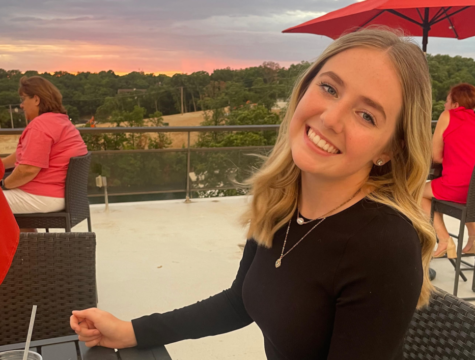
This is senior Jazzmyn Swisher's third year on the journalism staff. She is the managing editor of The Wildcat print edition this year. She decided to...


